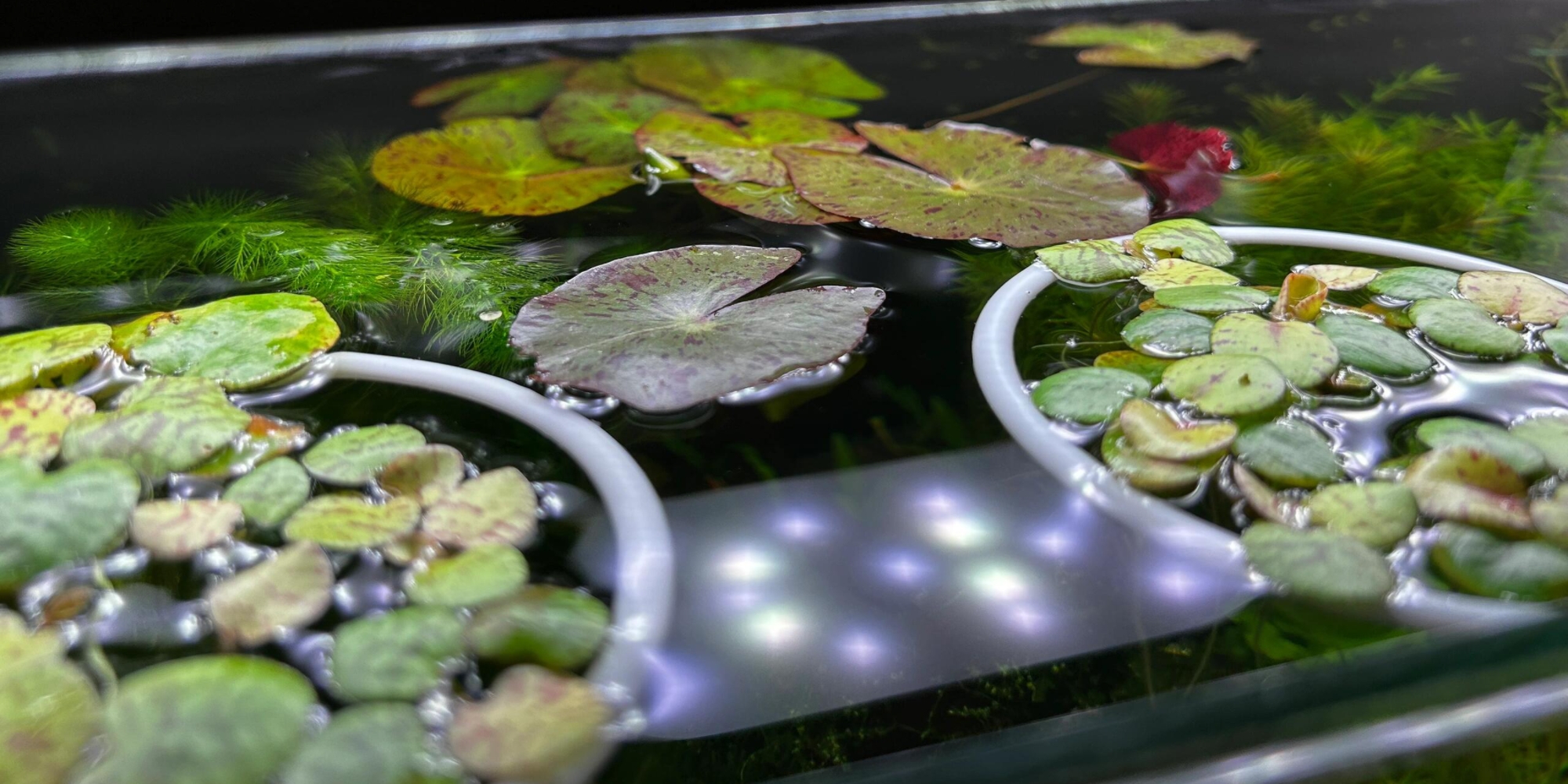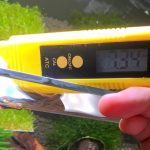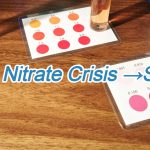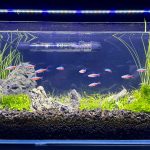Uh-oh—did your fish suddenly start gasping at the surface or acting sluggish?
Cloudy water or a weird smell? Chances are, ammonia is creeping up in your tank. Even a tiny amount of this invisible toxin can stress or kill your fish fast. But don’t panic!
Here’s a no-jargon guide to bringing ammonia down ASAP and keeping your tank safe long-term.
Why Ammonia Spikes Happen (It’s Not Always Your Fault!)
Ammonia builds up from fish waste, rotting food, or a filter that’s not doing its job. New tanks are especially risky because they haven’t grown enough “good bacteria” to break down toxins. But even established tanks can crash if you:
- Overfeed (fish only need a pinch!)
- Crowd too many fish in one tank
- Forget to clean the filter for months
- Add new fish without quarantining them first
Pro tip: Grab an ammonia test kit (like API’s $10 strips) – testing weekly stops surprises!
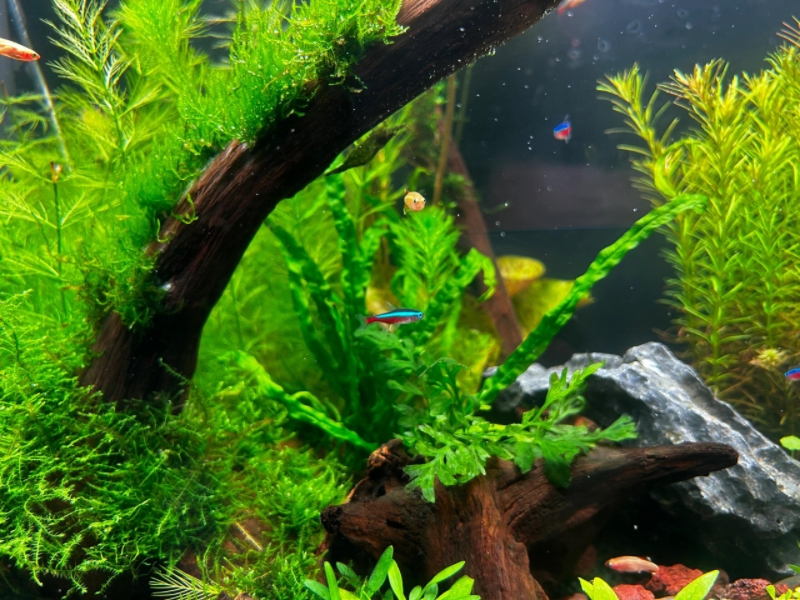
Emergency Fixes: Lower Ammonia in 24 Hours
- Water Change – But Do It Right
Replace 25-30% of the water immediately. Use a gravel vacuum to suck up gunk trapped in the substrate. Always add dechlorinator—tap water’s chlorine kills the good bacteria you need! - Dose with Ammonia Detoxifier
Products like Seachem Prime temporarily neutralize ammonia, buying you time to fix the root issue. Follow the bottle’s directions! - Stop Feeding for 1-2 Days
Fish can go a couple days without food. Less waste = less ammonia.
Long-Term Solutions to Prevent Ammonia Disasters
- Cycle Your Tank Properly
If your tank is new, it needs 4-6 weeks to grow those good bacteria. Add a bacterial starter (like Tetra SafeStart) to speed things up. - Clean Your Filter… But Not Too Much!
Rinse filter media in old tank water (never tap water!) once a month. Overcleaning kills helpful bacteria. - Add Live Plants
Plants like Anubias or Java Fern suck up ammonia. Plus, they make your tank look awesome! - Feed Smarter
A common mistake? Overfeeding. Fish stomachs are tiny! Feed once a day, and remove uneaten food after 2 minutes.
Ammonia Control Key Point
| Category | Key Actions | What to Avoid |
|---|---|---|
| Emergency Fixes | ✅ 25-30% water change + gravel vacuum ✅ Dose Seachem Prime ✅ Stop feeding 1-2 days | ❌ Full water changes ❌ Untreated tap water |
| Long-Term Prevention | ✅ Cycle tank 4-6 weeks ✅ Rinse filter in tank water monthly ✅ Add Anubias/Java Fern plants | ❌ Overcleaning filter ❌ Overcrowding fish |
| Testing & Tools | ✅ Test ammonia weekly ($10 API strips) ✅ Use bacterial starter (Tetra SafeStart) | ❌ Guessing ammonia levels ❌ Skipping quarantine |
| Feeding | ✅ Feed tiny amounts once daily ✅ Remove uneaten food in 2 mins | ❌ “Just one more pinch!” mentality |
Mistakes to Avoid
Changing All the Water at Once → This shocks fish and resets your tank’s cycle.
Using Random Chemicals → Some “ammonia removers” mess with pH. Stick to trusted brands.
Ignoring the Filter → A clogged filter can’t trap waste or grow bacteria.
FAQs (Quick Answers!)
Q: Can I just add more fish to eat the ammonia?
No! More fish = more waste. Fix the problem first.
Q: My tap water has ammonia. What now?
Use a water conditioner that detoxifies ammonia, and test your tap water before adding it.
Q: How do I know if it’s too late for my fish?
Gasping, red gills, or lying at the bottom are red flags. Act fast!
Tip: Consistency is key! Test water weekly, keep up with small water changes, and resist the urge to overstock. Your fish will thank you with bright colors and happy zoomies.
Struggling with other water issues? Check out these guides:
➤ How to lower nitrates in your aquarium without daily water changes – Say goodbye to endless bucket hauling!
➤ Safely raise pH in your tank (even sensitive fish approve!) – Our 2025 methods actually work.
(P.S. Share your tank’s story below—have you beaten an ammonia spike? What worked for you?)
Marine Biologist | Aquatech Innovator
Coral reef conservation, Water monitoring, marine biologist

